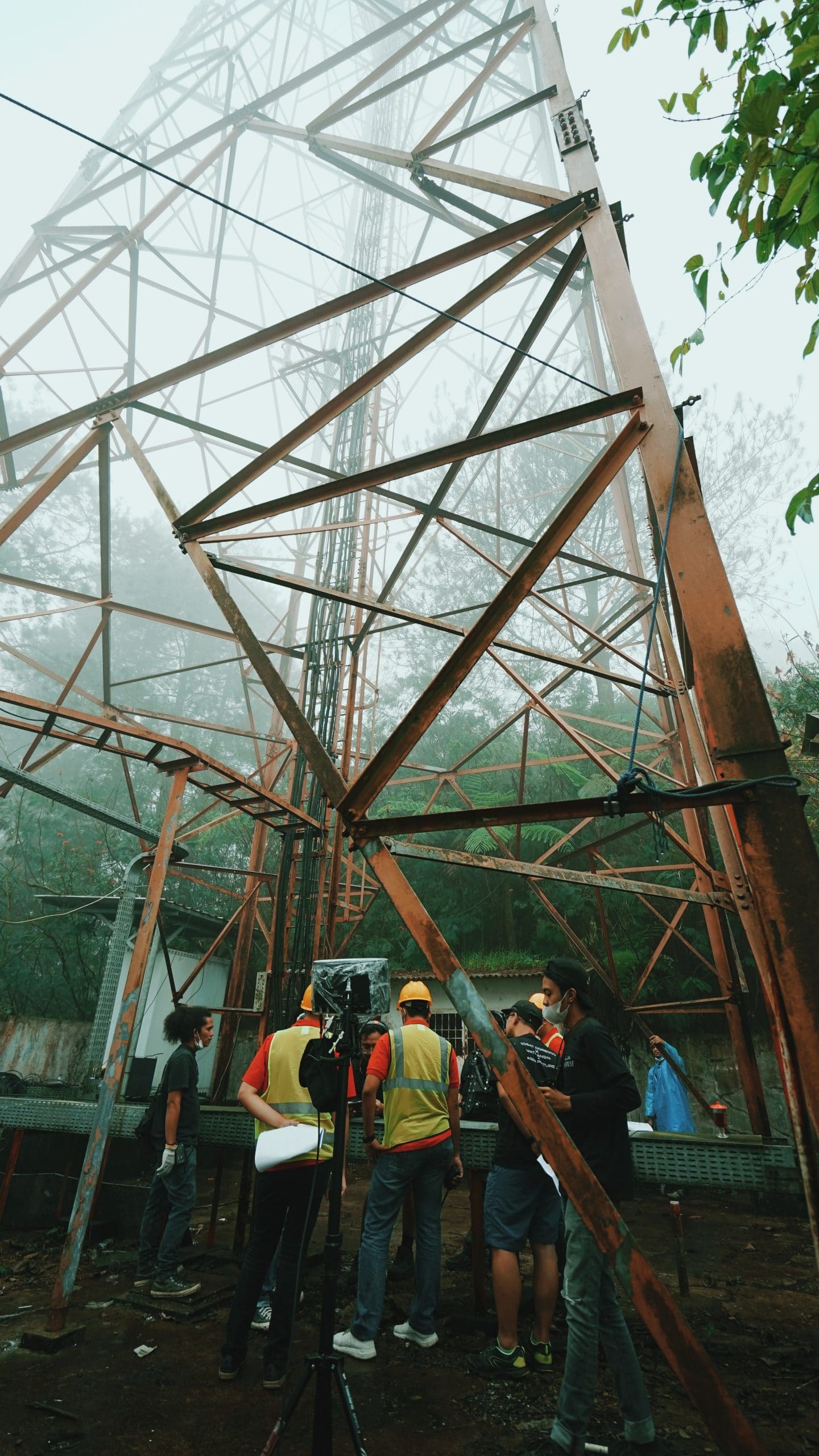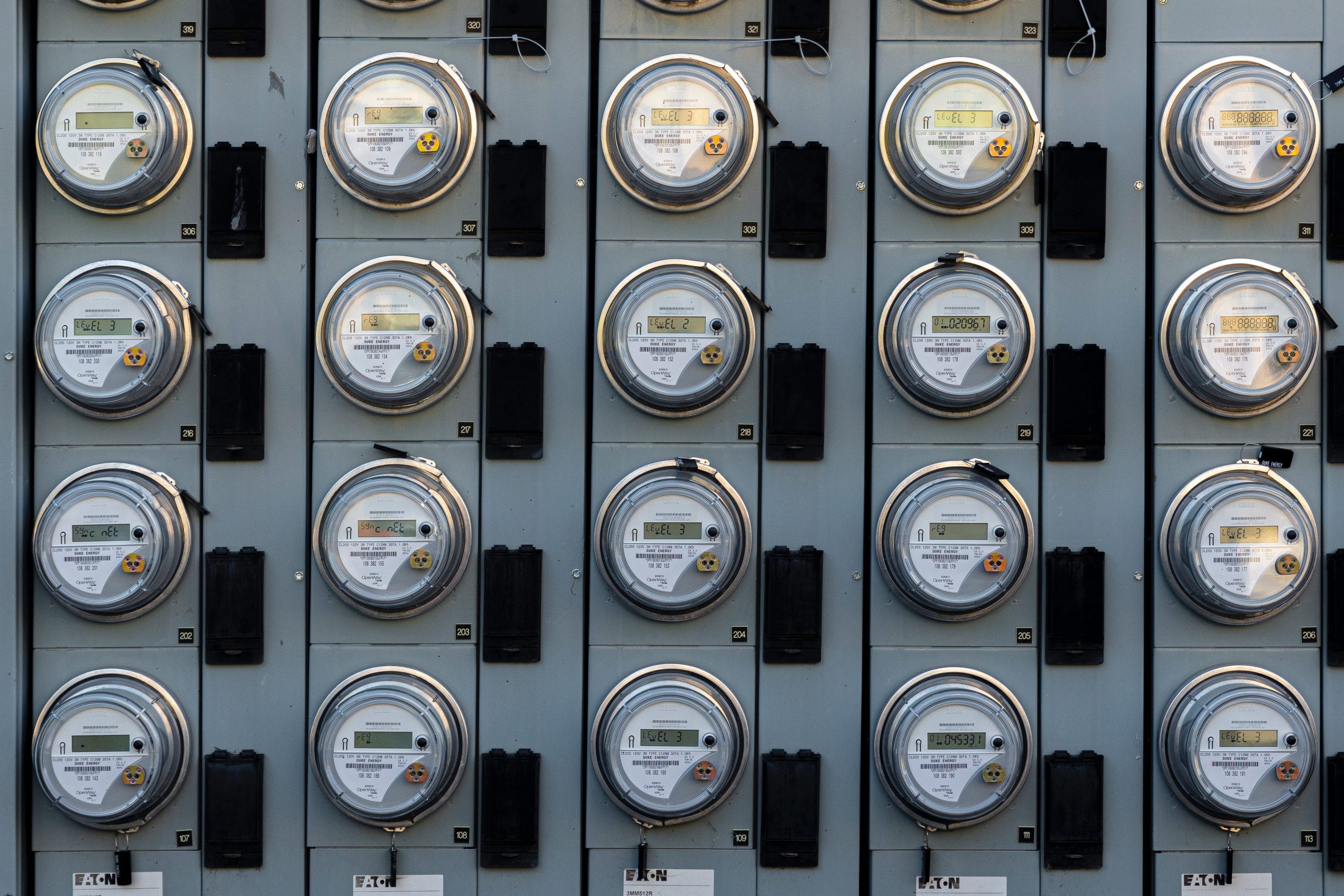Summary
In the energy industry, OMS stands for an Outage Management System. An OMS is used to help electric utilities locate, analyze and fix power outages on the grid. An OMS can coordinate with many different data sources in order to ingest and analyze data from all over the grid. This enables utility operators to determine the location of an outage, the number of affected consumers, and to dispatch field crews for quick restorations. An OMS helps utilities fix outages faster, and helps you keep your lights on.
Key Takeaways
- OMS stands for an Outage Management System
- An OMS coordinates with a variety of data sources on the energy grid in order to locate, analyze and fix power outages
- An OMS helps utilities manage grid assets in the field through digital means
- OMS software helps utilities restore outages faster than traditional or manual methods, and helps maintain a more consistent flow of power to your home
What is an Outage Management System?
OMS stands for Outage Management System. An OMS is any type of software or computing device that assists in locating, analyzing, and fixing an outage on the energy grid.
Because an OMS operates within the context of individual utilities, they are often able to coordinate with many different sources of data in order to get an accurate image of the grid in real-time. Some key sources that enable an OMS to function are a Geographical Information System (GIS), a Customer Information System (CIS), Automated Metering Infrastructure (AMI), Mobile Workforce Management Systems (MWM), and Supervisory Control and Data Acquisition Systems (SCADA).
Some features of an OMS can include but are not limited to, automatically reading grid data to determine an outage, alerting utility operators of any outages, and sending notifications to nearby field crews to investigate and fix outages.
Large utilities often use software for outage monitoring; smaller utilities often have individuals monitor outages directly or with minimal automation. Once a service territory is large enough in size, utilities can derive more benefits from investing in a more sophisticated OMS.
How does an OMS fit into the energy ecosystem?
Outages can technically occur on any point within the grid. Because of this, an OMS is required to coordinate with the entire grid in order to determine where specific issues arise.
This means an OMS can give insight and locate outages from anywhere that it ingests data from. That said, an OMS is considered to be a part of the distribution side analytics of a utility operation.
How does OMS technology help me?
An OMS can make a big difference for your local utility and for your own power usage. Using new meter technology like AMI, outages are now detected faster than ever. Combined with a good OMS software, many outages today are fixed without anyone even noticing they occurred.
Though many outages are detected when a person loses power in their home and calls up their local utility, a reliable OMS can identify this information and provide a quicker response than waiting for you and your neighbor to dial in.
This automated coordination and processing an OMS provides means more reliable power and faster resolution for issues to help keep your home running smoothly.
Interested in learning more about an OMS? You can check out some popular OMS systems here:
Citations/Further Reading
Awesense authors are committed to obtaining information from reliable sources. These include primary sources, white papers, and government websites among others, when available. If you have any questions regarding the information on this page, please contact marketing@awesense.com




